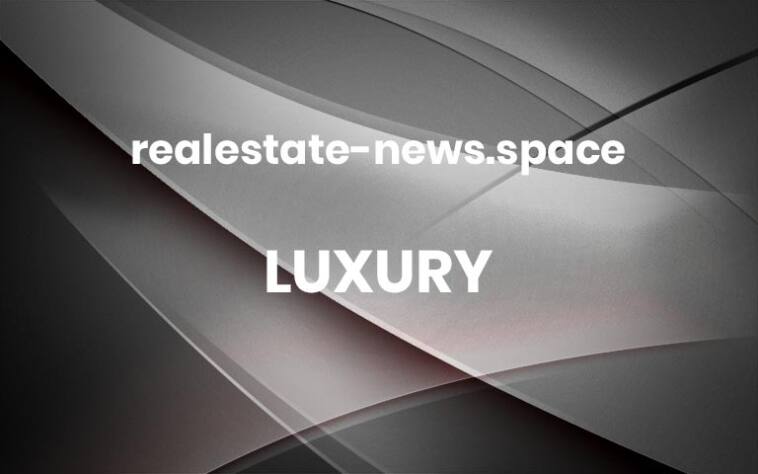Inside Madonna’s $57 Million Property Portfolio
The Queen of Pop’s real-estate footprint stretches from New York to Europe. More
Subterms
75 Shares23 Views
The Queen of Pop’s real-estate footprint stretches from New York to Europe. More
88 Shares95 Views
in LuxuryThe pop star and former American Idol judge has been snapping up some of California’s most desirable real estate. More
100 Shares140 Views
in LuxuryA purveyor of the “Christian Girl Autumn” aesthetic, Covington designed her dream home to be decked out in pastel colors with antique details. More

This portal is not a newspaper as it is updated without periodicity. It cannot be considered an editorial product pursuant to law n. 62 of 7.03.2001. The author of the portal is not responsible for the content of comments to posts, the content of the linked sites. Some texts or images included in this portal are taken from the internet and, therefore, considered to be in the public domain; if their publication is violated, the copyright will be promptly communicated via e-mail. They will be immediately removed.

